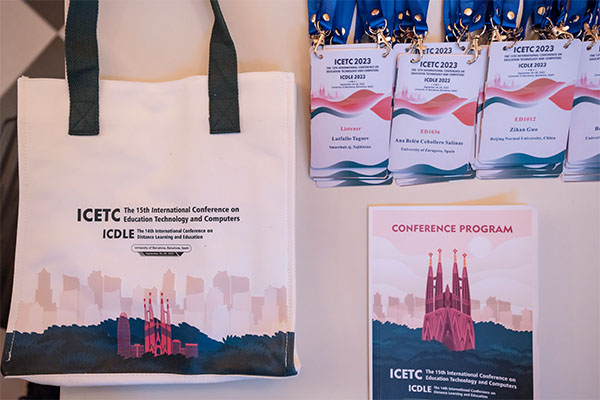Introduction to Scopus Conference Impact Metrics
In the competitive world of academic research, understanding the impact of conferences is critical for researchers, institutions, and organizers. Scopus, the world’s largest curated abstract and citation database by Elsevier, offers robust tools to assess conference performance through metrics like CiteScore, SNIP (Source Normalized Impact per Paper), and SJR (SCImago Journal Rank). These metrics provide insights into the visibility, influence, and quality of conferences indexed in Scopus—a database covering over 88% of peer-reviewed journals and conference proceedings globally12.

Key Scopus Metrics for Conferences
-
CiteScore
- What it measures: The average citations per paper published in a conference over a 3-year window.
- Why it matters: A higher CiteScore indicates greater scholarly influence, helping researchers identify high-impact conferences for submissions.
-
SNIP (Source Normalized Impact per Paper)
- What it measures: Contextual citation impact by weighting citations based on the subject field’s citation culture.
- Why it matters: SNIP levels the playing field, allowing fair comparisons between conferences in disciplines with varying citation rates (e.g., engineering vs. social sciences)2.
-
SJR (SCImago Journal Rank)
- What it measures: Prestige-weighted citations, where citations from highly ranked sources count more.
- Why it matters: SJR highlights conferences that attract influential research, aiding institutions in funding decisions.
How to Access Scopus Conference Metrics
- Scopus Database Search: Use the “Analyze Search Results” tool to filter conferences by metrics.
- SCImago Journal & Country Rank Portal: A free platform leveraging Scopus data to rank conferences and journals by SJR and H-index.
Why Scopus Metrics Outshine Traditional Databases
While SCI and EI remain popular, Scopus offers broader coverage (over 13,450 journals and conferences)2 and more nuanced metrics. Its interdisciplinary reach spans science, social sciences, and humanities, making it indispensable for holistic research evaluation.
Practical Applications
- For Researchers: Prioritize conferences with rising CiteScore or SJR to maximize visibility.
- For Organizers: Use SNIP to benchmark against competitors and improve conference quality.
- For Institutions: Allocate funding to conferences with strong SJR rankings to enhance institutional reputation.
Conclusion
Scopus conference impact metrics empower the academic community to make data-driven decisions. By leveraging CiteScore, SNIP, and SJR, stakeholders can navigate the evolving landscape of scholarly communication with confidence. As Scopus continues to expand its indexed content, these metrics will only grow in relevance—solidifying its role as a leader in research evaluation12.
